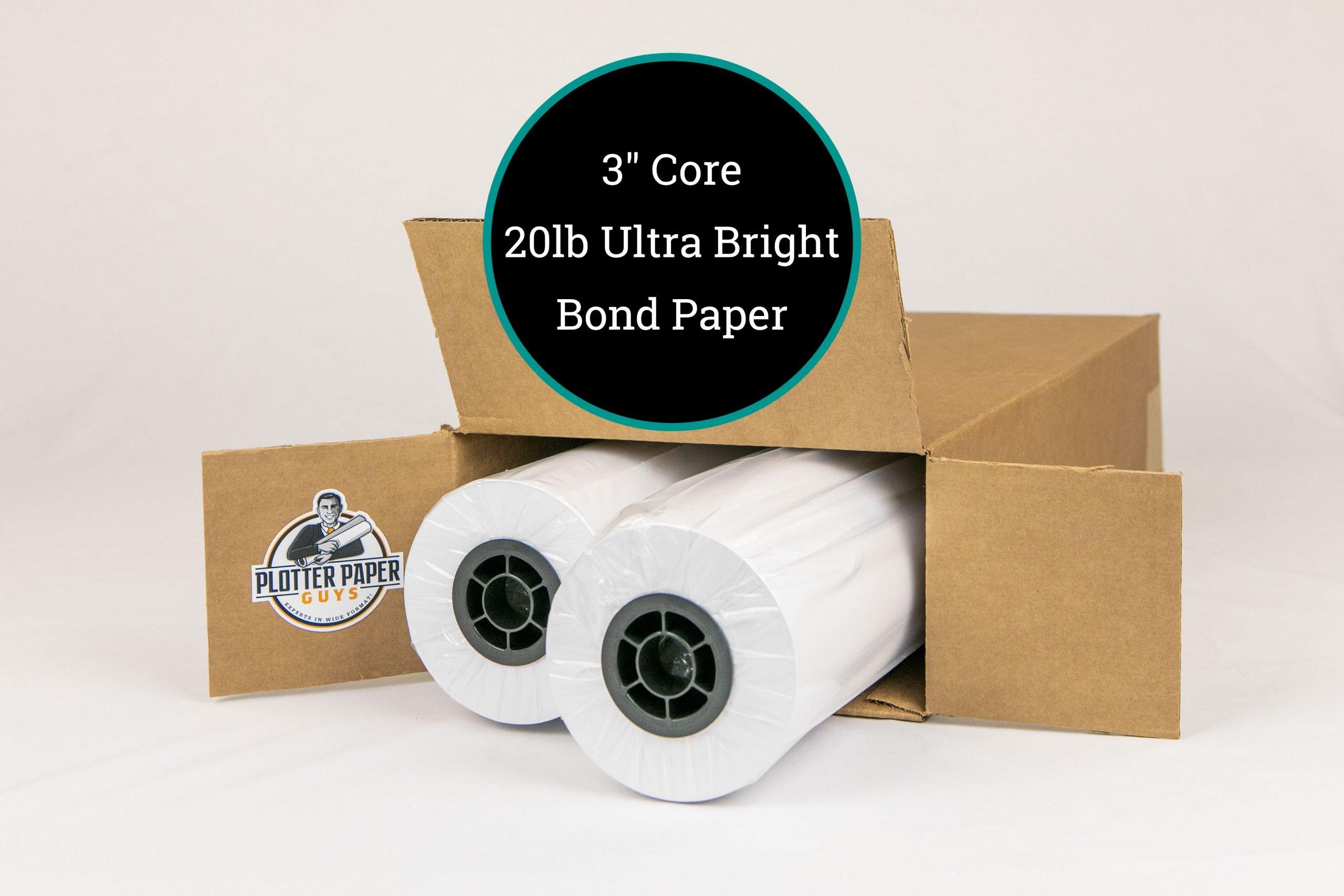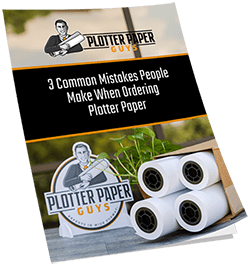Oce paper can do a lot of things for you. Did you know that signage is one of the most effective ways to attract customers to your business? It also serves many other purposes, such as directing people to the right location, influencing behavior, and even warning bystanders about a potential hazard.
In order to get the results you need, though, you’ll have to choose the right wide format paper. Although it might seem complicated at first, it’s much easier than you think. Let’s explore everything you need to consider when it comes to choosing the right wide format Oce paper option.
Overall Durability
This is one of the most important factors to keep in mind when selecting wide format paper. Depending on where and how you’ll be using your signage, you’ll need paper rolls that can withstand varying degrees of wear and tear. For example, if you’re planning on using your signage outdoors, you’ll need paper that can withstand UV rays, wind, rain, and other elements.
Indoor signage, on the other hand, won’t be subject to the same type of wear and tear. As a result, you can choose a paper that’s not as durable but still looks great.
Compatibility With Ink
It’s essential to consider the type of ink you’ll be using. Depending on the printer you have, you might be limited to a certain type of ink. For example, some printers can only use water-based inks, while others can use both water- and oil-based inks.
Many wide format printers use UV curable inks, solvents, or latex. If you’re not sure what type of ink your printer uses, be sure to check the manufacturer’s website or the user manual.
Ink Absorption
This refers to how well the paper absorbs ink. The more ink a paper can absorb, the less likely it is to bleed or smudge. If you’re using a printer that uses water-based inks, you’ll need to choose a paper with a high ink absorption rate.
This will help prevent the ink from bleeding or smudging. If you’re using a printer that uses oil-based inks, you’ll need to choose a paper with a low ink absorption rate.
Oil-based inks tend to bleed and smudge more easily than water-based inks, so it’s important to choose a paper that won’t absorb them.
Opacity
The opacity of a paper refers to how well it hides the images or text underneath. If you’re planning on using your signage for outdoor purposes, you’ll need to choose a paper with high opacity.
This will help prevent the images or text from being visible from the other side. If you’re using your signage for indoor purposes, you can choose a paper with lower opacity.
This will help save on costs since it’s not as important to have completely opaque paper.
Printer Specifications
When choosing wide format paper, it’s important to make sure that it’s compatible with your printer. Every printer is different, so you’ll need to make sure that the paper you select is the right size and has the correct type of coating.
For example, some printers require coated paper, while others work best with uncoated paper. A plotter printer, on the other hand, can use either coated or uncoated plotter paper.
Xerographic printers, like laser printers, require a special type of xerographic paper. This paper is treated with a coating that helps the toner adhere to the paper. Many of these printers also use Oce paper on a 3 inch core.
If you’re not sure what type of paper your printer uses, be sure to check the manufacturer’s website or the user manual.
Working with a professional paper provider can also help ensure that you stay on the right track.
Cost
Of course, the cost of the paper is something you can’t ignore when making any type of purchase.
When it comes to wide format paper, you’ll get what you pay for. In general, high quality paper will cost more than lower-quality paper. However, that doesn’t mean you have to break the bank to get good quality paper.
There are plenty of high-quality options available at a variety of price points. It’s important to remember that you usually get what you pay for, such as when you buy paper for your printer plotter.
Surface Texture
The surface texture of the paper you select will also play a role in the overall look and feel of your signage.
For example, glossy paper has a high-shine finish that makes colors pop. However, it can also be more susceptible to fingerprints and smudges. Matte paper has a more subtle finish that’s less likely to show fingerprints and smudges. However, it can make colors appear duller than they actually are. Ultimately, the type of surface texture you choose is a matter of personal preference and will depend on the goals of your project.
Drying Speed
Depending on the type of ink you’re using, the drying speed of the paper can be an important factor to consider. If you’re using water-based ink, for example, you’ll need to choose a paper with a fast drying time so that your signage is dry and ready to use as soon as possible. On the other hand, if you’re using oil-based ink, you can choose a paper with a slower drying time.
This will give the ink more time to cure and produce a higher-quality print.
Finding the Right Wide Format Paper Doesn’t Have to Be Complicated
Although it might seem complex to find the right wide format Oce paper (or other types), it’s easier than you might expect it to be. Keep the above guidelines in mind so you can avoid problems you may have otherwise dealt with.Looking for more info about how we can help? Get in touch with us today to see what we can do.




